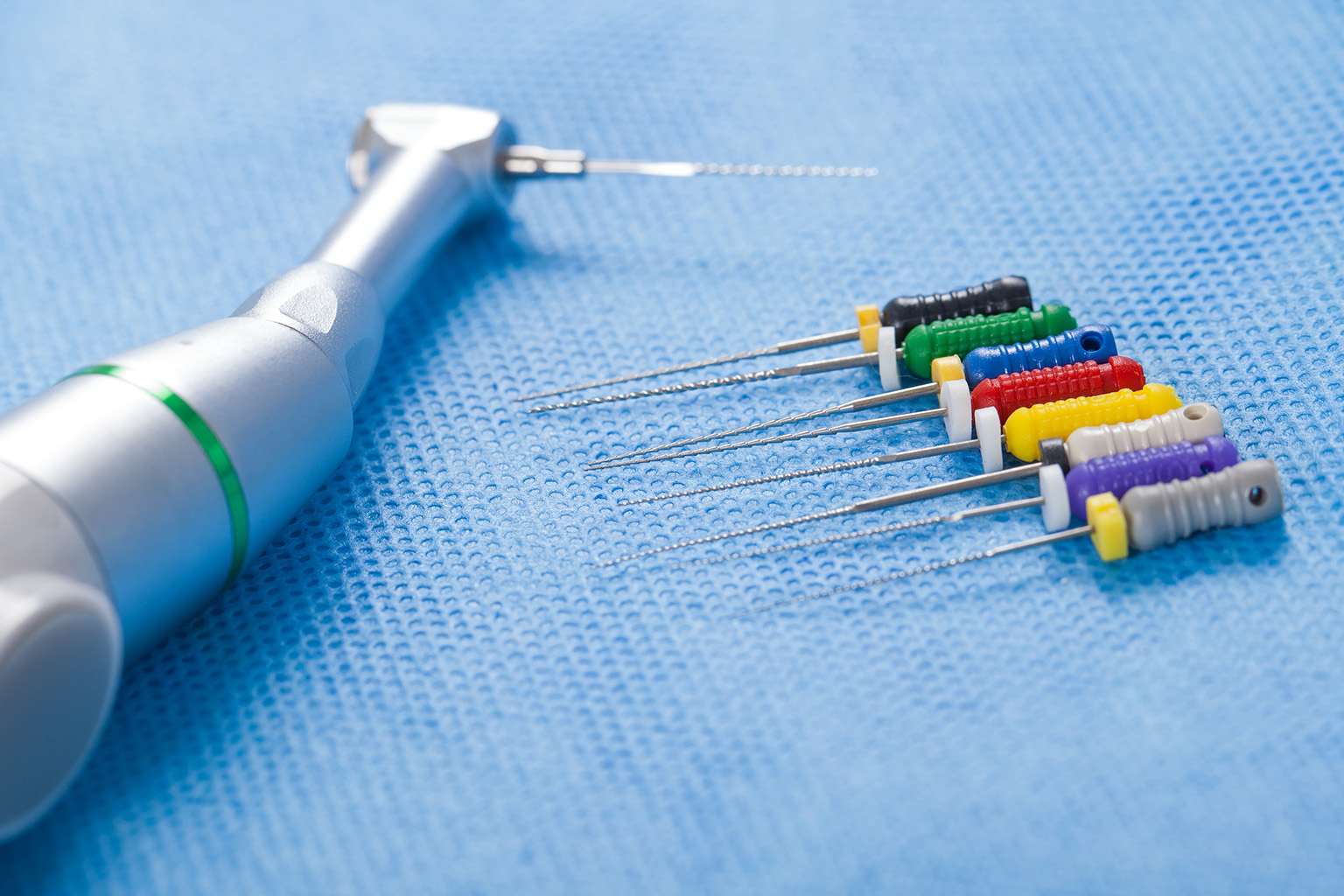Root canals have long been a topic of apprehension for many dental patients. However, with advancements in dental technology and a deeper understanding of oral health, root canal therapy has become a less daunting experience. In this blog, we’ll demystify the process, address common concerns, and share tips on how to avoid needing this treatment.
 How Long Does a Root Canal Take?
How Long Does a Root Canal Take?
When it comes to root canal therapy, one of the most common questions we encounter is about the duration of the procedure. Understanding the time involved can help alleviate some of the anxiety associated with dental treatments. Typically, a root canal takes about one to two hours. However, this is a general estimate, and the actual time can vary based on several factors.
Firstly, the complexity of the tooth’s structure plays a significant role. Teeth with more roots, such as molars, often require longer treatment times. These teeth have multiple canals that may be curved or unusually shaped, necessitating extra care and precision during the procedure. In contrast, front teeth, which usually have just one root, may be treated more quickly.
The extent of the infection is another critical factor influencing the duration of a root canal. More severe infections may require additional time for thorough cleaning and disinfection of the tooth’s inner chambers. This step is vital to ensure all bacteria are eradicated, which helps prevent future dental issues.
During the procedure, the dentist or endodontist (a specialist in this type of treatment) will carefully remove the infected pulp from the tooth. This pulp contains nerves and blood vessels, and its removal is essential to alleviate pain and infection. Following this, the inner chambers of the tooth are meticulously cleaned and shaped. This process involves the use of fine dental instruments and, often, advanced imaging technology to ensure complete treatment of the affected area.
Finally, the tooth is sealed with a biocompatible material, usually gutta-percha, to prevent re-infection. In some cases, a temporary filling is placed until a permanent crown can be fitted. This crown, typically placed in a subsequent appointment, provides structural support and protection for the tooth, ensuring its functionality and appearance are maintained.
At our dental office, we leverage state-of-the-art technology and techniques to ensure that root canals are completed as efficiently as possible. Our skilled dental professionals are adept at minimizing discomfort and expediting recovery, allowing patients to return to their daily routines with minimal interruption. We understand the importance of balancing thorough, meticulous treatment with the need for efficiency, ensuring our patients receive the best possible care with the least amount of stress.
Remember, while the duration of a root canal can vary, our team is dedicated to providing a comfortable and successful experience, ensuring the health and longevity of your teeth.
 Is a Root Canal Painful?
Is a Root Canal Painful?
One of the most common myths about root canals is that they are extremely painful. However, with modern anesthetics and sedation options, patients experience minimal discomfort during the procedure. Post-treatment, some tenderness is normal, but it is generally manageable with over-the-counter pain relievers. Our dental team prioritizes patient comfort and will guide you through every step, ensuring a pain-free experience.
 How Do I Avoid a Root Canal?
How Do I Avoid a Root Canal?
Avoiding a root canal is largely within your control and hinges on adopting and maintaining good oral hygiene practices. While some factors, like genetics and certain health conditions, can influence your dental health, there are numerous proactive steps you can take to reduce the likelihood of needing this procedure.
Emphasize Regular Brushing and Flossing
The cornerstone of oral health is regular brushing and flossing. Brushing twice a day with fluoride toothpaste helps remove plaque, a sticky film of bacteria that forms on your teeth. If not removed, plaque can lead to tooth decay, which is a primary cause of root canals. Flossing once a day is equally important, as it helps remove food particles and plaque from between the teeth and under the gum line, areas where a toothbrush can’t always reach.
Routine Dental Check-ups
Regular dental check-ups, ideally every six months, play a crucial role in preventing root canals. During these visits, dental professionals can detect early signs of tooth decay or other oral health issues that could eventually require a root canal. These appointments also typically include a professional cleaning, which removes tartar – hardened plaque that can’t be eliminated with brushing alone. Catching and addressing dental issues early is often the key to avoiding more invasive treatments.
Limit Sugary Foods and Beverages
Diet also impacts oral health significantly. Foods and beverages high in sugar can contribute to tooth decay as the bacteria in your mouth thrive on sugar, producing acids that can erode tooth enamel. Reducing your intake of sugary snacks, sodas, and other sweetened drinks can significantly decrease the risk of cavities and, consequently, the need for root canal treatment.
Use of Mouth Guards During Sports
For those active in sports, especially contact sports, wearing a mouthguard is essential. Mouth guards help cushion blows that might otherwise cause broken teeth and injuries to the lips, tongue, face, or jaw. A broken or injured tooth can sometimes lead to the need for a root canal, so protection in this context is a proactive step in dental health.
Avoid Tobacco Products
Tobacco use, in any form, can deteriorate your oral health. Smokers and those who use tobacco products are more likely to develop gum disease, another risk factor for needing root canal treatment. Quitting tobacco can improve your oral health significantly, along with providing numerous other health benefits.
Stay Hydrated and Stimulate Saliva Flow
Staying hydrated is essential for overall health, including oral health. A dry mouth can increase the risk of tooth decay and gum disease. Saliva helps wash away food particles and neutralize acids produced by bacteria in the mouth. Chewing sugar-free gum or eating crunchy fruits and vegetables can stimulate saliva flow, which helps protect your teeth.
By integrating these practices into your daily life, you can significantly reduce the risk of dental problems that might lead to a root canal. Remember, preserving your natural teeth is always our goal, and with proper care and attention, it’s an achievable one for most patients.
 Conclusion: Your Partner in Oral Health
Conclusion: Your Partner in Oral Health
Understanding the realities of root canal therapy helps demystify the process and alleviates common concerns. At our dental office, we are committed to providing compassionate, expert care to ensure your oral health and comfort. If you’re experiencing dental discomfort or just due for a check-up, don’t hesitate to schedule an appointment with us. Your smile is our top priority!








